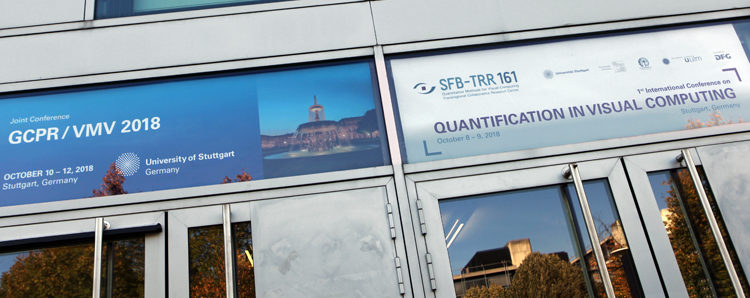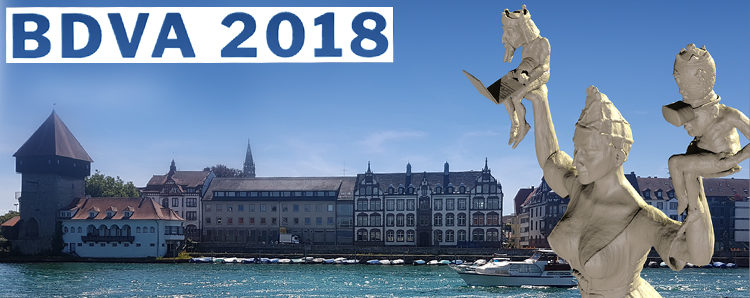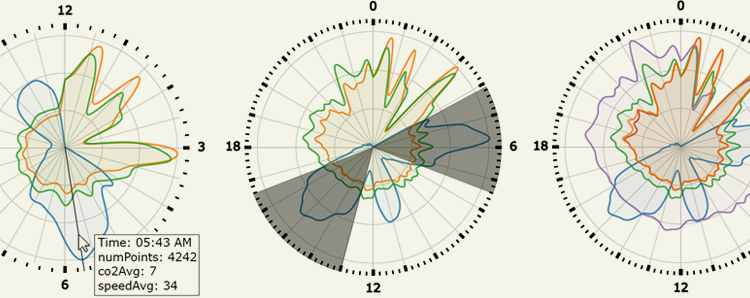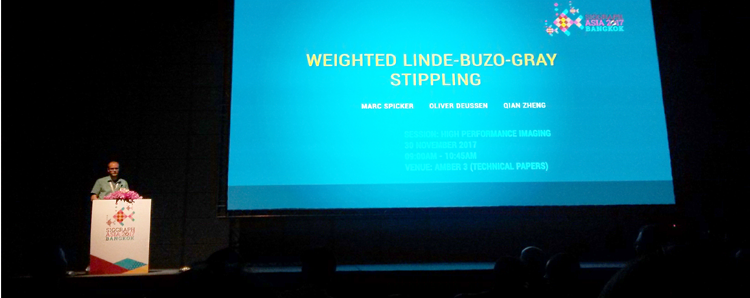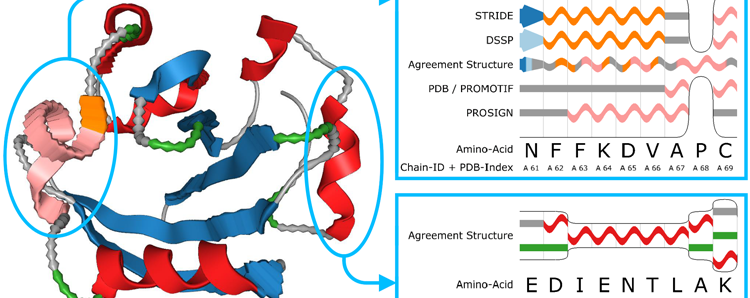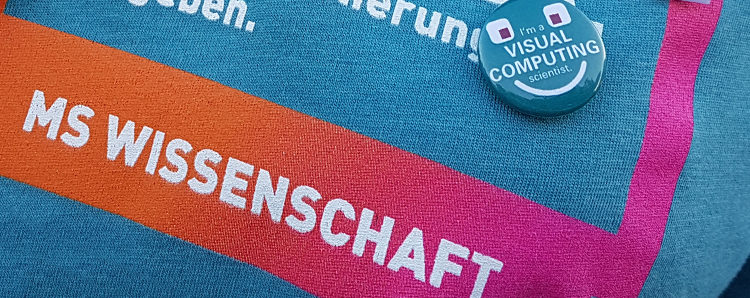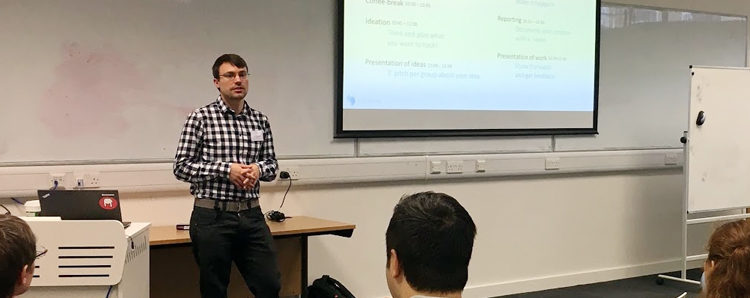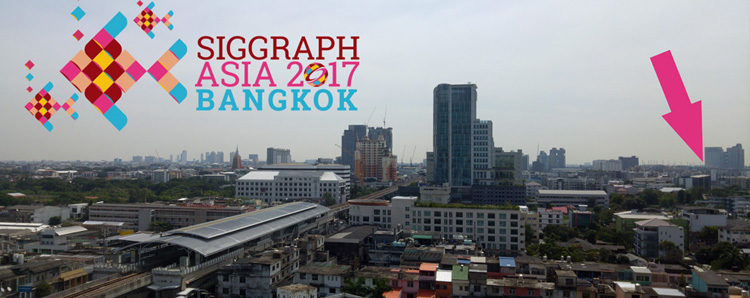Last week (October 8-12, 2018) was a conference week for computer scientists in Stuttgart, as three main events took place co-located in space and time: the 1st International Conference on Quantification in Visual Computing (SFB-TRR 161), the 40th German Conference on Pattern Recognition (GCPR), and the 23rd International Symposium on Vision, Modelling, and Visualization (VMV).
Computer Science Conference Week in Stuttgart
